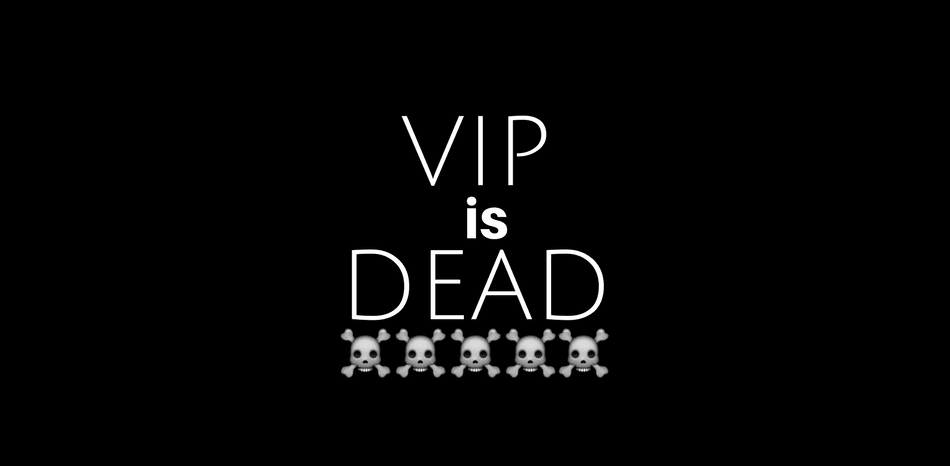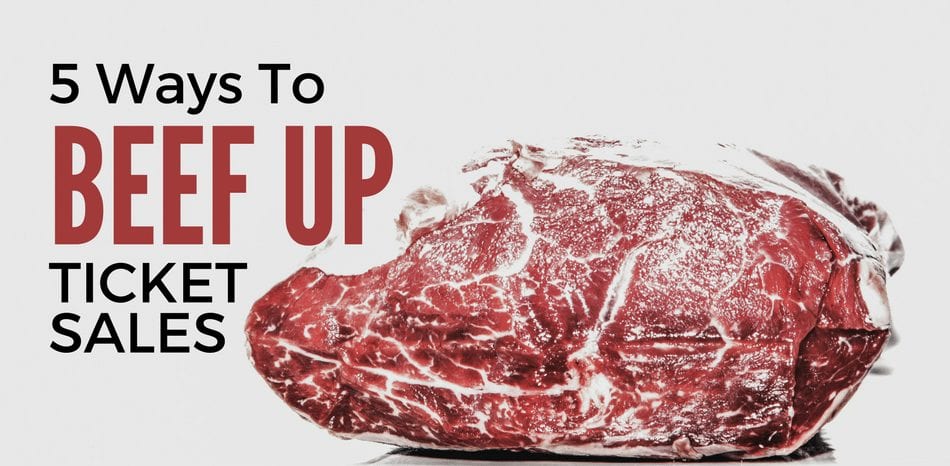By Ross Gardiner
The average food and drink festival goer is someone that takes their culinary engagement very seriously, but after a long day of quaffing the local pinot (I mean, who really spits?) you could find your memory of that one super funky gouda that you devoured to be kind of hazy. While the vendors have no problem distributing product on site, following up with the happy customers off site has proved a challenge to many vendors.
“The ultimate goal of vendors being at these types of taste festivals is to find new consumers or introduce a product,” explains Intellitix’s Justin Moffat. Justin works closely with food and drink festivals across North America and is an expert in helping festivals and vendors get the most out of their events. “If you’re a new craft brewery at a beer festival, you’re looking to find new consumers to drink your beer. Yes, they’re going to taste it, but if they’re smashed after having twenty samples, they’re not gonna remember what it is. You need to connect those dots, and turn those tasters into consumers.”
Through integrating existing technology, getting serious about your outreach and data gathering, and focusing on establishing meaningful connections with your customers beyond the sample, you can make strides in your conversion.
Experiential Trickery
“If your booth is better than the others, people are gonna remember it,” explains Justin. “Whether it’s the physical booth itself, how you’re pouring the beer, or the staff and brand ambassadors, thinking about standing out from your competition will really help you draw in crowds.”
How many times have you found yourself being lured towards the booth with the jar of mints at an otherwise drab trade show? Give people something a little different. At the Renegade Craft Fair in Los Angeles a few weeks back, people were being drawn to LA Weekly’s booth simply because it had a wheel of fortune. They were scooping up email addresses like wild mushrooms in exchange for a spin of the wheel and some branded chapstick. Genius.
Memorable Personalities
Yes, your master brewer could probably answer any insanely nerdy beer question thrown his way, but chances are he isn’t your finest salesman.
“The most important thing is having the conversations, educating people on the product and spending the time with them instead of just pouring beer after beer,” Moffat explains. “There are brand activation agencies who hire people to do this. They’re more aggressive, they get in front of the booth, they talk to people, have that conversation and educate. That way your potential customer is not just walking away with a sample; they’re walking away with a conversation, the information, and usually a memorable experience.”
I remember going to the fabulous California Wine Festival in Santa Barbara a few years ago and being drawn to the booming presence of the animated (read: probably buzzed) Opolo salesman, who was detailing the history of the vineyard and periodically shouting “Opolo!” in an hammy Italian accent. I don’t remember a single other wine I tried at that festival.
Gather Data, and Follow Up
Data is driving just about every significant change in the event industry at the moment, and if you aren’t becoming wise to its abundant advantages, you are running the risk of being left behind or relying on needless guesswork.
But even if you’re coming at this as a techno Luddite, Justin notes that simply putting an iPad (or even a clipboard!) at the front of your booth to gather some email addresses is enough to start getting a deeper read on who’s tasting your product and do some very important post-event follow ups
“It’s worth investing in an iPad or tablet for gathering customer info. The big brands do this best because they’re used to activations, field marketing, and collecting customer information. But it leaves all the smaller brands—the ones who actually need to find the customers—left in the dark because it’s not something they do.”
Tech Integration
Festivals of all varieties have been rapidly upgrading their tech integration and making sure that they are harnessing the best possible tools to stay engaged with their customers. And beer and food festivals are no different.
“Integrating with Untappd (an app that allows beer aficionados to track and rate which beers you tasted) gives customers a memory point, which is particularly important when they’ve had a few drinks,” says Justin. “Winter beer festivals in Toronto, Gatineau and Ottawa do a great job of this. They actually have a badge you can earn by checking in on Untappd, so it drives consumers there. Even beforehand they push local bars in the area and certain products, and if you check in you win a coupon to the festival. It’s a superb example of integration with the event.”
Wine apps like Vivino offer similar capabilities, and their integration with the festival and its vendors will almost certainly become commonplace in the next few years as brands seek to have deeper, lasting connections with their audience.]]>


